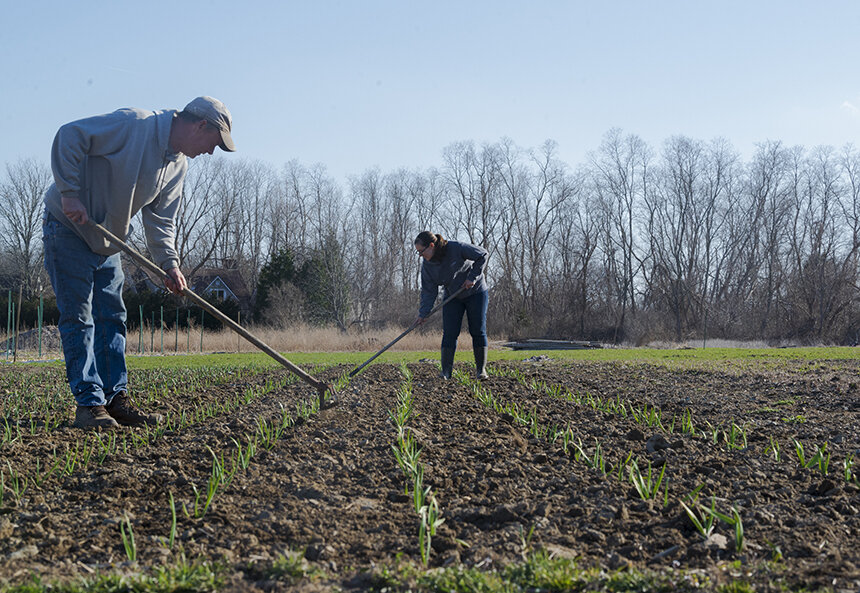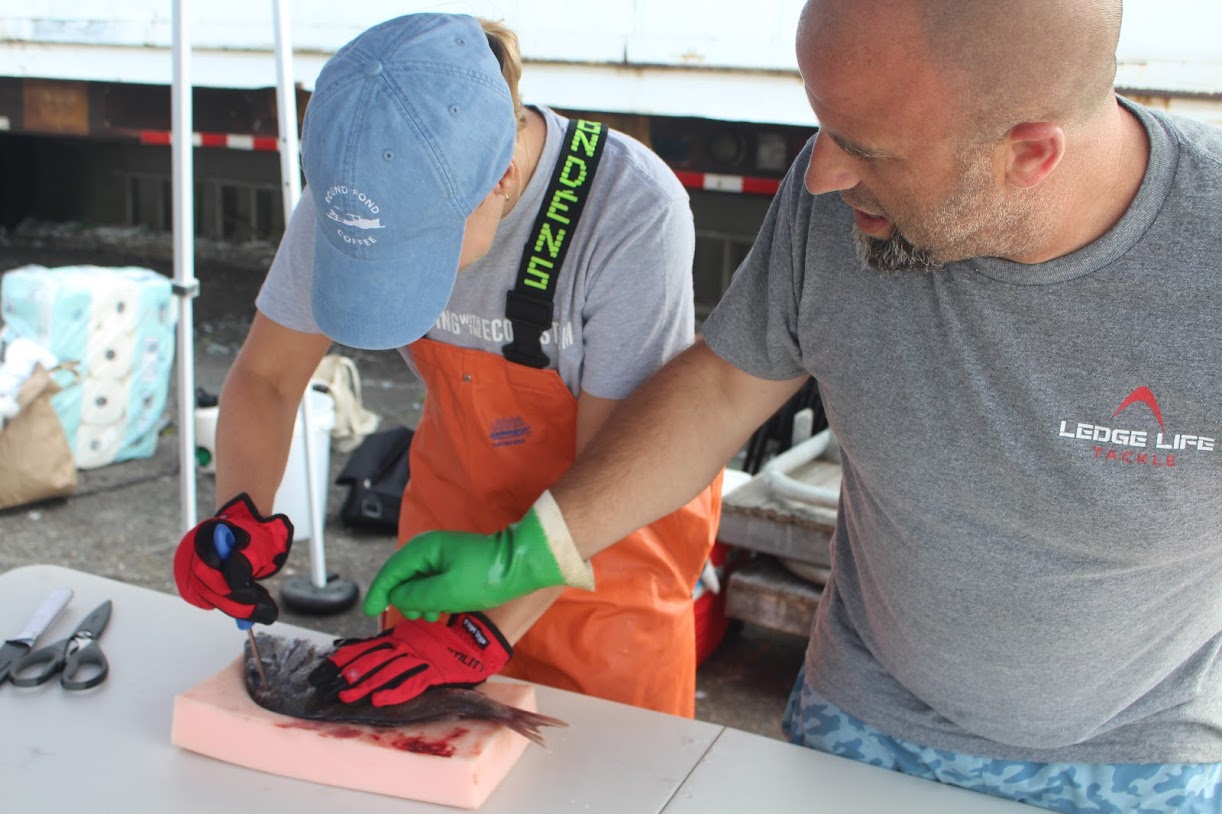R.I. Farmers Markets Growing … with Some Pain
April 18, 2013
PROVIDENCE — How are Rhode Island’s farmers markets fairing? Pretty well if you look at the numbers. The Ocean State had 15 farmers markets in 2004. This year, it has 55. Most communities have at least one farmers market nearby, and new outdoor markets open this spring in Tiverton, Greenville and Central Falls.
Studies across the country show similar growth trends for farmers markets. A 2010 U.S. Department of Agriculture (USDA) report (pdf) shows that nearly all of the money spent at a farmers market stays in the local economy. Farmers also keep a larger share of the sales, but have higher expenses for things such as distribution and marketing. So far, however, there is scant data showing the economic and health impacts of these markets.
To share ideas and address some of the growing pains, the state Department of Environmental Management (DEM) recently hosted an informal farmers market conference for the expanding sector. Market managers, along with farmers, fishermen and chefs, discussed the challenges and strengths of markets. They also delved into new and old issues such as food safety, parking, food trucks and social media.
Shoppers. Many managers expressed concern that the volume of customers at farmers market may be reaching a plateau. It was suggested that the increasing number of markets and a limited number of farmers might make it difficult for newer markets to keep vendors. Lisa Browning, manager of the Go Local Farmers Market in Barrington, noted that the future of her market is uncertain after four years because vendors are leaving more quickly than she can replace them.
“It’s a conundrum we have to address at some point,” said Bevan Linsley, market coordinator for five farmers markets, including the Aquidneck Growers’ Market.
To attract a larger audience, consumers also need to be educated about the benefits of shopping at farmers markets, such as the high quality of food. “There’s a big difference between an egg from a farmers market and an egg from Stop & Shop,” said Rose Doughty of the Burrillville Farmers Market.
Location. Market managers prefer uniform paperwork. Some communities require permits and approval from the zoning board, others nothing at all. Attractive amenities include places with good shading, playgrounds and parking.
Meat. Some sales of meat at farmers markets were halted last year due to storage and transportation requirements. Currently, local meat must be processed at a USDA-certified slaughter house and flash frozen or kept at regulated temperatures when shipped to market.
Food safety was a big issue. The University of Rhode Island state Department of Health (DOH) warned of viruses and bacteria outbreaks found on large and small farms across the country. Rhode Island farms and farmers markets have not been associated with any outbreaks. But standards and oversight for handling and inspection needs to be vigilant, according to the DOH. Food storage, handling and sampling practices were highlighted. Training and new regulations from the Food and Drug Administration (FDA) are anticipated.
Low income. Sarah Lester, manager of eight markets for Farm Fresh Rhode Island, noted that her markets have seen dramatic growth in sales through low-income food-assistance programs. The Supplemental Nutrition Assistance Program (SNAP) increased from $549 in 2007 to $74,000 in 2012. Programs for seniors, infants and children are also more common at the markets, she said. There are still a lot of lower-cost alternatives, Lester said. “We’re fighting against Doritos here, against the corner (convenience) store and Walmart.”
More farmland. DEM director Janet Coit promised that more Rhode Island farmland will be preserved, thanks to the passage of environmental management bonds last November. The largest portion, $4.5 million of the $20 million referendum, will buy farmland development rights.
Categories
Join the Discussion
View CommentsYour support keeps our reporters on the environmental beat.
Reader support is at the core of our nonprofit news model. Together, we can keep the environment in the headlines.
We use cookies to improve your experience and deliver personalized content. View Cookie Settings



